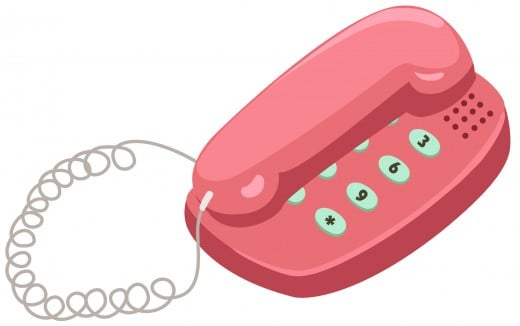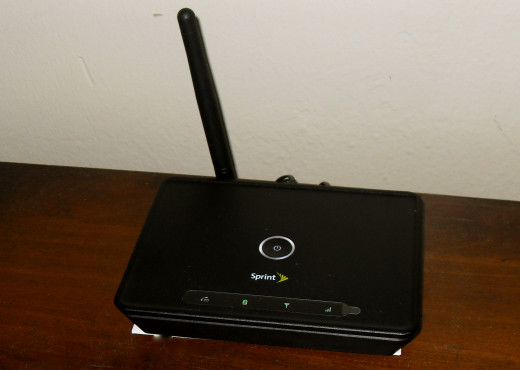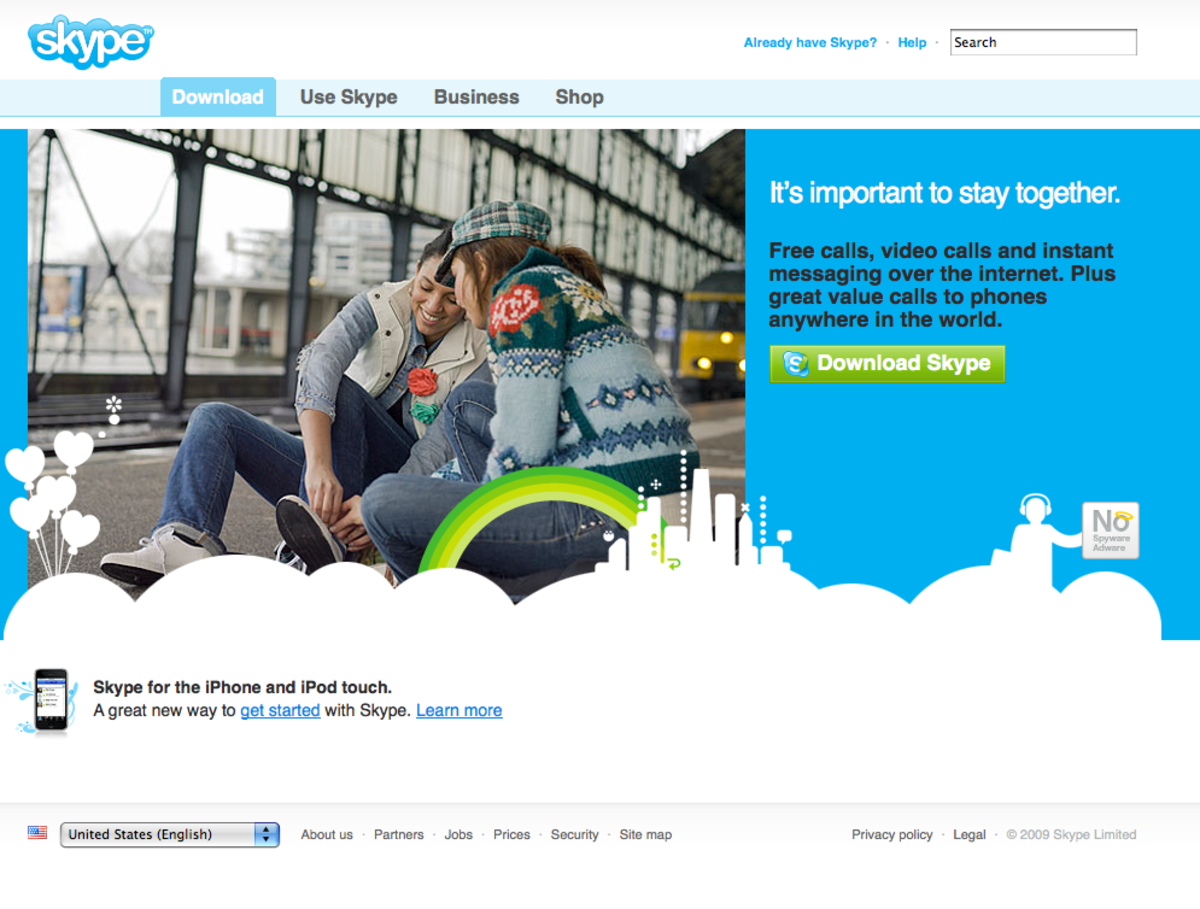Save Money on Home Phone Service With a Portable Landline

A New Way to Save Money on Monthly Bills
There’s a new option for home phone service that has not yet caught on, but it should become very popular over the next few years: The portable landline. It’s a hybrid that brings together the best of the cell phone and the old-fashioned land phone in one small box. It’s also the least expensive alternative to the standard types of home phone service bundled into monthly packages.
Prepaid cell phone plans are not the only way to cut back on your monthly bills. Those bundled discount plans that cable and phone companies offer seem tempting at the beginning. However, in the long run, those plans are set up for the company to charge extraordinarily high rates for services that can be had for a cheaper price. The first year on a bundled plan may offer significant discounts on phone service, but after the first year, pricing on the bundled home phone/cable/Internet packages always goes way up.
Skip The Bundled Services! Separating Everything Can Save a Lot of Money
It seems counterintuitive, but paying separate fees for separate services can do wonders for the average household budget. If you’re on a tight budget, you can save anywhere from 30 to 100 dollars a month on your cable, Internet and home phone bills by separating everything, and shopping around for the best offer. Yes, it may be a little inconvenient to have to pay separate bills but most people are paying dearly for the convenience of getting all their phone and media through one company.

Do You Know What You’re Actually Paying For a Home Phone?
Unlimited home phone service with any of the major carriers can cost $40 a month or more. If the home phone service is bundled with cable and Internet, it’s hard to sort out which service costs what. Chances are you’re being overcharged for everything.
Due to hazy pricing regulations and regional monopolies on cable, Internet and phone service, providers of these basic services count on reeling in new customers with low cost bundled service. Who hasn’t gotten a flyer in the mail for a bargain discount for home phone, cable and Internet rolled into one package? It sounds attractive at first, and the price is usually right for a little while, until the first increase.
New customers are usually happy with a new bundled plan for the first year, but as the fine print warns: Your monthly bill for these services can go up by as much as a hundred dollars a month, or more, and that’s when the honeymoon is over.

VoIP Uses Modern Technology, But Relies on Electricity For Connectivity
A good example of saving on a basic service is the current offer through the major phone carriers for an affordable home phone service. It’s no longer a new technology, but VoIP (Voice Over Internet Protocol) is a convenient, and cheap, alternative to a regular landline. VoIP phone service is very convenient, and the reception is usually excellent because the connection runs over the Internet. The downside to VoIP is that if the power goes out, or your Internet connection goes down – you have no home phone.
The Old Fashioned Home Phone Line Doesn’t Need Electric But Costs More
The old - fashioned landline is still a popular choice with people who need a dedicated line for family or business needs and don’t want to rely solely on their cell phone. The landline reception is usually pretty decent and if you use an old-fashioned landline phone – even if the power goes out – you always have a connection.
The downside to a regular landline is that it’s not portable. Your home phone stays in your home, unlike a cell phone, which goes with you and gets reception anywhere. It also requires phone lines to operate, if a bad storm knocks out a phone line - no phone service. The other problem is pricing. The major phone carriers usually bundle a home phone line into a package with cable and Internet, so the price for a standard landline can run upwards of $40 - $50 a month depending on taxes and fees and whatever price the company supplying the service is currently charging.

Save on Home Phone Service a With a Portable Landline
The portable landline has the best of both these worlds and for a lower price than what’s currently offered for home phone service in a bundled plan. The portable landline is a brilliant solution to communication anywhere, anytime – even if there’s no power and no place to plug in a battery.
The portable landline is essentially a receiver. The signal it picks up comes from the cell phone tower of whichever carrier provides service. It comes in the form of a small box about the size of a wireless router. The box requires an electric outlet and that’s it, no miscellaneous plugs, wires or other contraptions. The real ingenuity of the box lies in its phone ports, usually two or more. The portable landline can handle either a new phone that runs on electric and has a wireless receiver, or it can use an old-fashioned landline phone that doesn’t require electricity. If you’re a senior or buying the device for a senior –it’s comforting to use an old style phone you can just pick up and dial.
This means you don't need an expensive phone. I used a simple V-Tech phone with easy to see numbers and minimal features. It's cheap, durable and has lasted for years. Even though I like technology, I prefer to keep it simple with the home line.
If I need to do anything complicated or use an app, I use my smartphone.
Any phone will work with the portable landline


The Best of Both Worlds
The receiver runs on a separate section of bandwidth that won’t interfere with other wireless devices or cell phones. Even though the box has to be plugged in, if there’s a power outage it can run on its backup battery for up to a year. Furthermore, because it doesn’t rely on old time phone wires, it’s invulnerable to storms and other disasters. It just keeps running whether or not you have electric power or a working phone line.
An even better feature is its portability. If you have to stay with a relative, or need to relocate – you simply unplug the box and take it with you. The portable feature makes it almost as convenient as a cell phone. However, the one thing to keep in mind is reception. It’s important to check that the carrier you are buying from has a cell tower in your vicinity. If not, you may find yourself with bad reception, or no reception. You can check the reception with a cell phone. If a certain carrier seems to have the best reception in your home – it’s a good bet that their portable landline will also have great reception.
Home Phone Service Kept Simple and Cheap
Just as cell phones have their own voicemail, the portable landline comes with a simple voicemail option. Even the technically challenged, or frightened, can set up the voicemail and collect messages by pressing a couple of buttons. Just like an old fashioned landline, it can handle local 911 and 411 calls, so for the elderly, or anyone who needs reliable phone access, it offers real peace of mind.
An additional advantage is the cost and setup. Because it doesn’t run on traditional phone wires or jacks, there’s no necessity for installation visits from the phone company. You take it out of the box and plug it in – that’s it. The cost for monthly unlimited local and long distance is also a big selling point – less than $30 a month. Some carriers offer the box for free. They just charge a small activation fee with no other upfront costs.
You really can’t go wrong with this easy to use hybrid phone service. It has the best of both worlds. It's portable, if necessary, with wireless reception like a cell phone, and it runs without electricity, for up to a year. It's cheaper and even simpler than an old fashioned landline. Bring it home, plug it in, connect any phone to it, and you’re ready to go.
Don't spend a lot on a phone
Author's Note
Update: I've now had the portable landline for a couple of years, and I love it! It's easy to setup and Ive had no problems and great reception. It costs a grand total of $28 a month with unlimited everything, including local 911, and I have the peace of mind of a backup to my cell phone. As you can see from the photos, I've connected a modern V-Tech handset that runs on electricity, and my ancient Garfield phone. Garfield is about 30 years old, but he still runs great! If the power goes out, Garfield is my go to phone.
© 2013 by Macteacher
Still going strong!
I wrote this article several years ago. I just wanted to offer and update. Sprint replaced the older model portable landline with a newer. I paid about $25 for the upgrade. I replaced the V-Tech handset once in five years. So the overall cost and upkeep have been minimal.
I'm still so happy with the landline, it's the perfect backup to my cell phone. I only give the number to family and friends so I don't get too many weird telemarketing calls. When I do, I just use the caller id on the handset to weed them out.
The portable landline and inexpensive handset have done their job over the years and withstood the test of time.
© 2013 Wendy Golden









